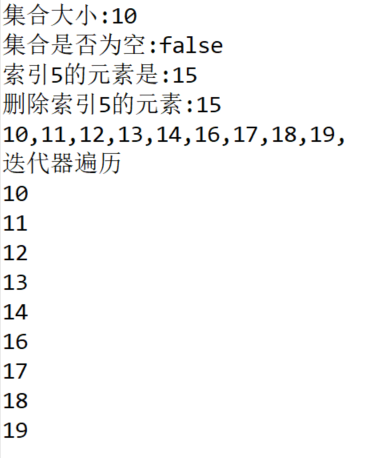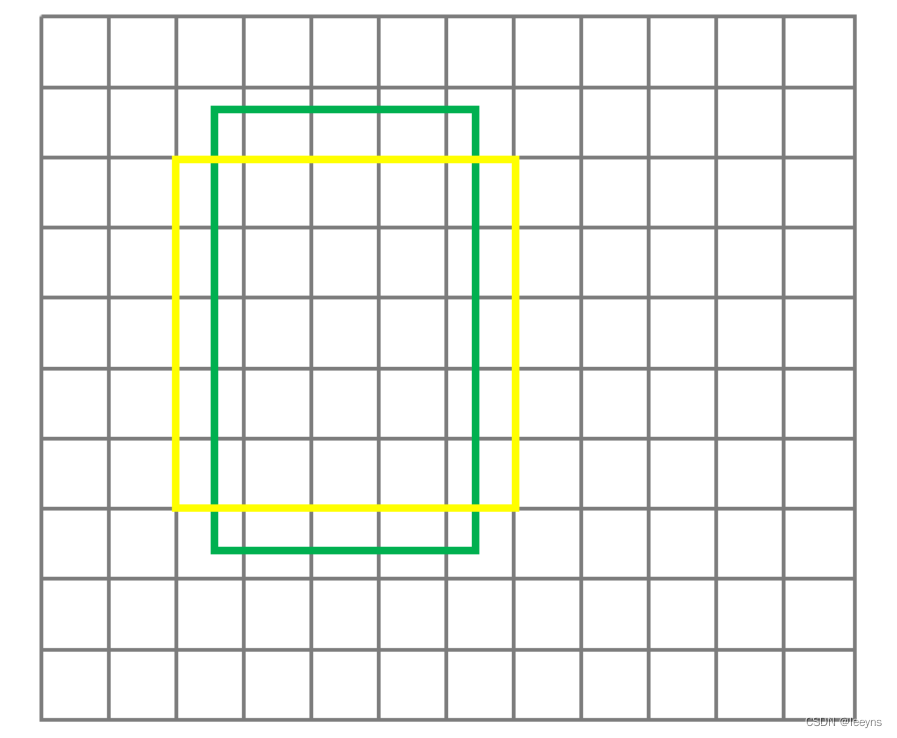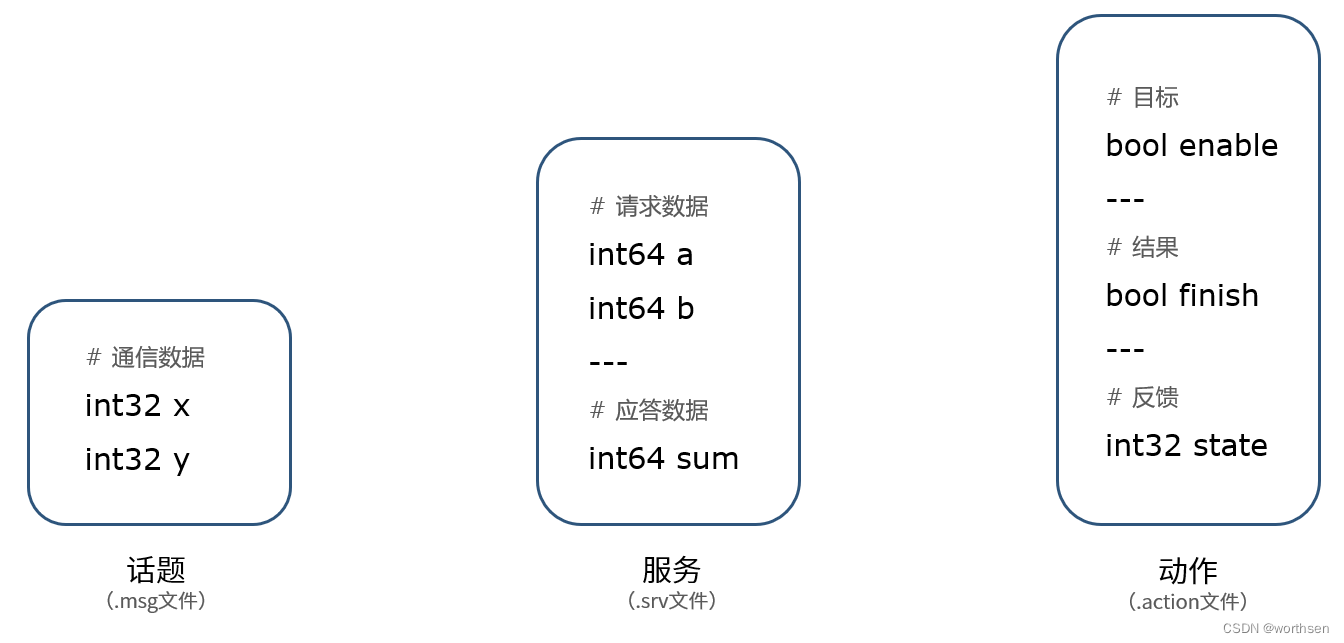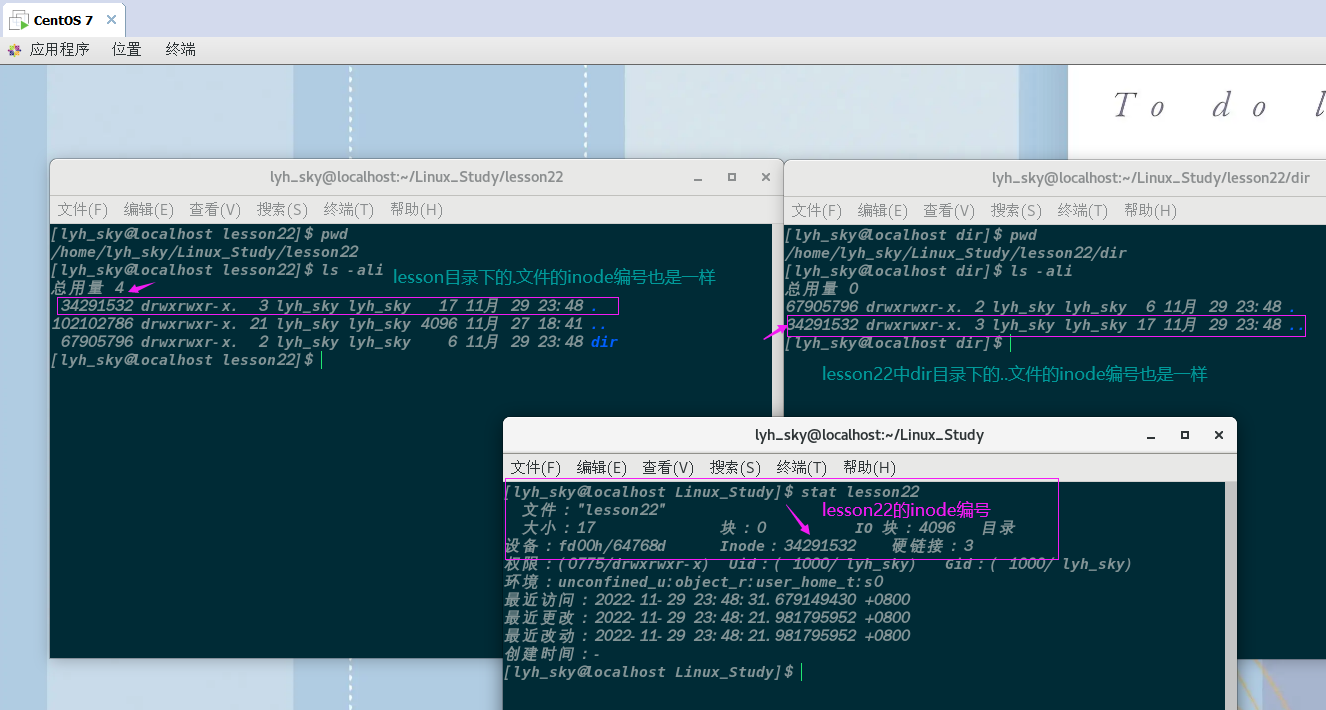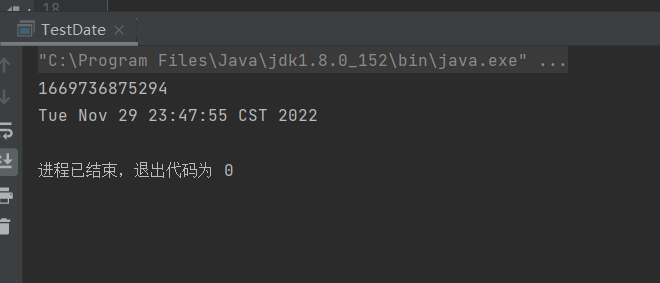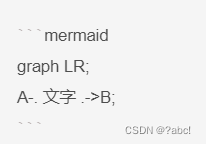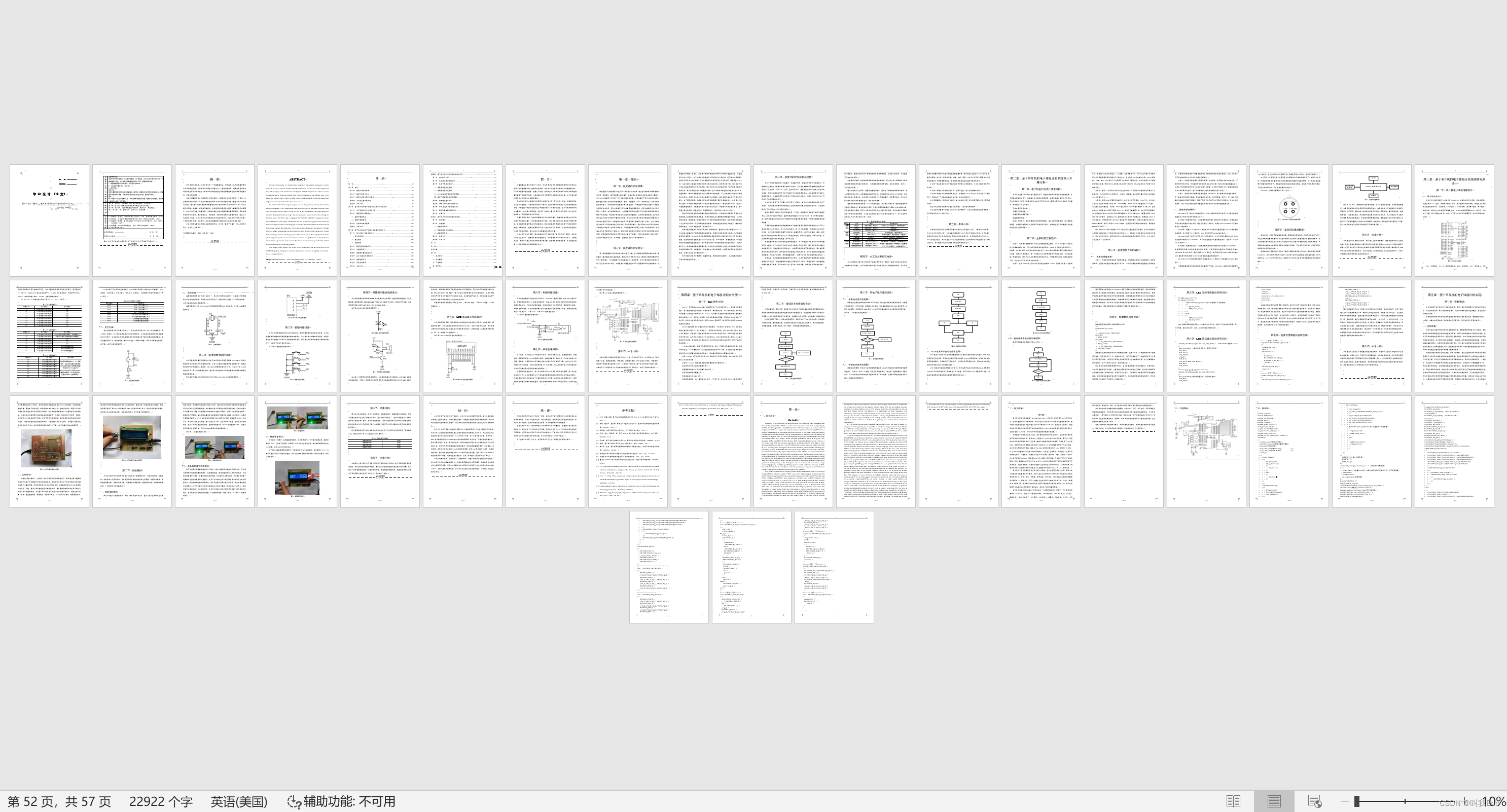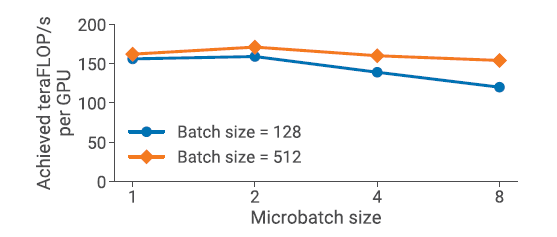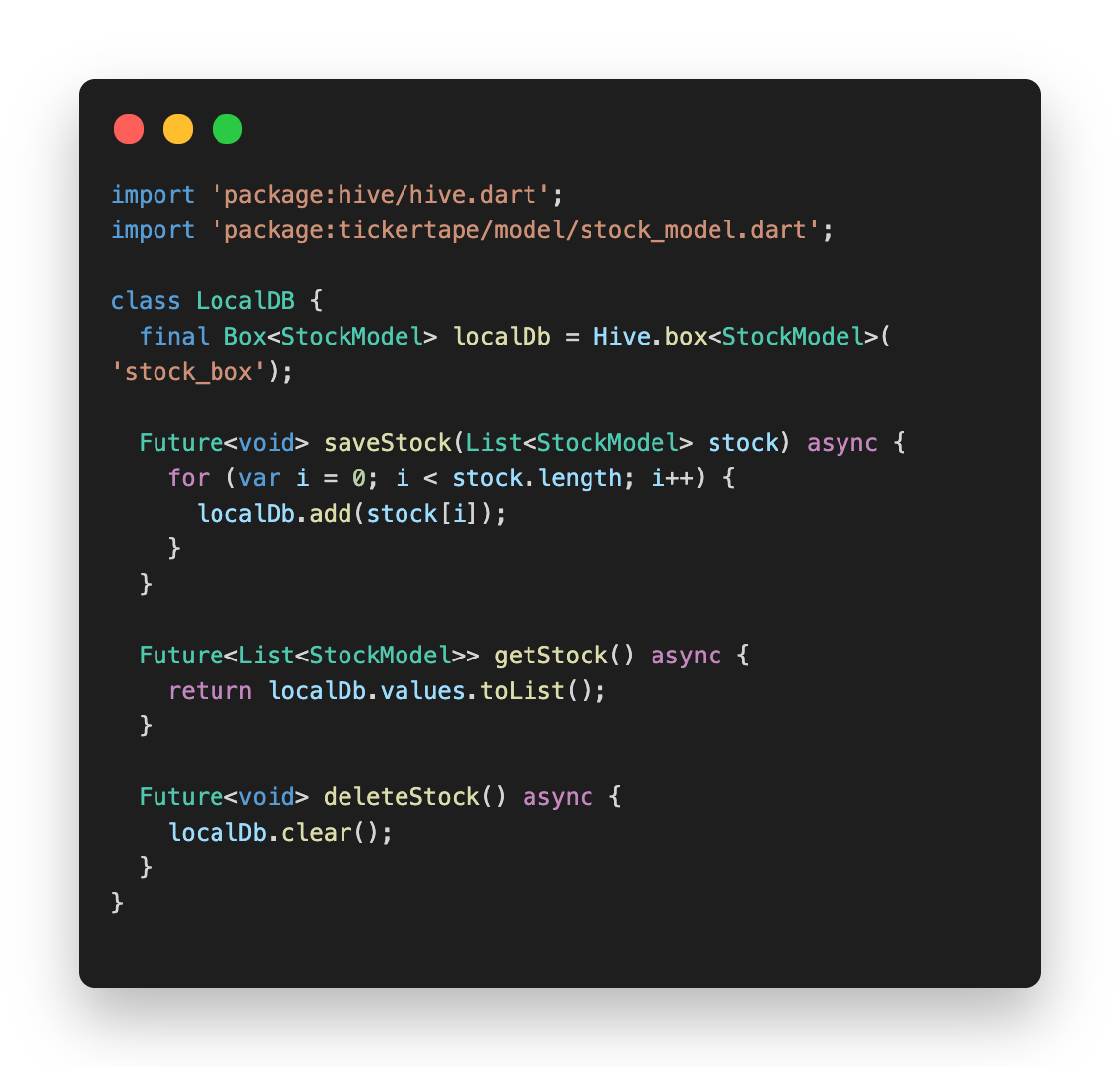定义于头文件 <algorithm>
算法库提供大量用途的函数(例如查找、排序、计数、操作),它们在元素范围上操作。注意范围定义为 [first, last) ,其中 last 指代要查询或修改的最后元素的后一个元素。
归并两个已排序的范围
std::merge| template< class InputIt1, class InputIt2, class OutputIt > OutputIt merge( InputIt1 first1, InputIt1 last1, | (1) | (C++20 前) |
| template< class InputIt1, class InputIt2, class OutputIt > constexpr OutputIt merge( InputIt1 first1, InputIt1 last1, | (C++20 起) | |
| template< class ExecutionPolicy, class ForwardIt1, class ForwardIt2, class ForwardIt3 > ForwardIt3 merge( ExecutionPolicy&& policy, | (2) | (C++17 起) |
| template< class InputIt1, class InputIt2, class OutputIt, class Compare> OutputIt merge( InputIt1 first1, InputIt1 last1, | (3) | (C++20 前) |
| template< class InputIt1, class InputIt2, class OutputIt, class Compare> constexpr OutputIt merge( InputIt1 first1, InputIt1 last1, | (C++20 起) | |
| template< class ExecutionPolicy, class ForwardIt1, class ForwardIt2, class ForwardIt3, class Compare> ForwardIt3 merge( ExecutionPolicy&& policy, | (4) | (C++17 起) |
归并二个已排序范围 [first1, last1) 和 [first2, last2) 到始于 d_first 的一个已排序范围中。
1) 用 operator< 比较元素。
3) 用给定的二元比较函数 comp 比较元素。
2,4) 同 (1,3) ,但按照 policy 执行。这些重载仅若 std::is_execution_policy_v<std::decay_t<ExecutionPolicy>> 为 true 才参与重载决议。
对于元范围中的等价元素,来自第一范围的元素(保持其原顺序)先于来自第二范围的元素(保持其原顺序)。
若目标范围与输入范围之一重叠,则行为未定义(输入范围可相互重叠)。
参数
| first1, last1 | - | 要归并的元素的第一范围 |
| first2, last2 | - | 要归并到元素的第二范围 |
| d_first | - | 目标范围的起始 |
| policy | - | 所用的执行策略。细节见执行策略。 |
| comp | - | 比较函数对象(即满足比较 (Compare) 概念的对象),若第一参数小于(即先序于)第二参数则返回 true 。 比较函数的签名应等价于如下: bool cmp(const Type1 &a, const Type2 &b); 虽然签名不必有 const & ,函数也不能修改传递给它的对象,而且必须接受(可为 const 的)类型 |
| 类型要求 | ||
- InputIt1, InputIt2 必须满足遗留输入迭代器 (LegacyInputIterator) 的要求。 | ||
- ForwardIt1, ForwardIt2, ForwardIt3 必须满足遗留向前迭代器 (LegacyForwardIterator) 的要求。 | ||
- OutputIt 必须满足遗留输出迭代器 (LegacyOutputIterator) 的要求。 | ||
返回值
指向最后复制元素后一元素的迭代器。
复杂度
1,3) 至多 std::distance(first1, last1) + std::distance(first2, last2) - 1 次比较。
2,4) O(std::distance(first1, last1) + std::distance(first2, last2)) 。
异常
拥有名为 ExecutionPolicy 的模板形参的重载按下列方式报告错误:
- 若作为算法一部分调用的函数的执行抛出异常,且
ExecutionPolicy为标准策略之一,则调用 std::terminate 。对于任何其他ExecutionPolicy,行为是实现定义的。 - 若算法无法分配内存,则抛出 std::bad_alloc 。
注意
此算法进行类似 std::set_union 所做的任务。都消耗二个已排序输入范围,并产生拥有来自两个输入的元素的输出。此二算法的区别在于处理来自二个输入的比较等价(见可小于比较 (LessThanComparable) 上的注意)的值。若任何等价的值在第一范围出现 n 次,在第二范围出现 m 次,则 std::merge 会输出所有 n+m 次出现,而 std::set_union 将只输出 std::max(n, m) 次。故 std::merge 准确输出 std::distance(first1, last1) + std::distance(first2, last2) 个值,而 std::set_union 可能产生得更少。
可能的实现
版本一
template<class InputIt1, class InputIt2, class OutputIt>
OutputIt merge(InputIt1 first1, InputIt1 last1,
InputIt2 first2, InputIt2 last2,
OutputIt d_first)
{
for (; first1 != last1; ++d_first) {
if (first2 == last2) {
return std::copy(first1, last1, d_first);
}
if (*first2 < *first1) {
*d_first = *first2;
++first2;
} else {
*d_first = *first1;
++first1;
}
}
return std::copy(first2, last2, d_first);
}版本二
template<class InputIt1, class InputIt2,
class OutputIt, class Compare>
OutputIt merge(InputIt1 first1, InputIt1 last1,
InputIt2 first2, InputIt2 last2,
OutputIt d_first, Compare comp)
{
for (; first1 != last1; ++d_first) {
if (first2 == last2) {
return std::copy(first1, last1, d_first);
}
if (comp(*first2, *first1)) {
*d_first = *first2;
++first2;
} else {
*d_first = *first1;
++first1;
}
}
return std::copy(first2, last2, d_first);
}调用示例
#include <iostream>
#include <algorithm>
#include <functional>
#include <vector>
#include <iterator>
#include <time.h>
using namespace std;
struct Cell
{
int x;
int y;
Cell &operator +=(const Cell &cell)
{
x += cell.x;
y += cell.y;
return *this;
}
bool operator <(const Cell &cell) const
{
if (x == cell.x)
{
return y < cell.y;
}
else
{
return x < cell.x;
}
}
};
std::ostream &operator<<(std::ostream &os, const Cell &cell)
{
os << "{" << cell.x << "," << cell.y << "}";
return os;
}
int main()
{
srand((unsigned)time(NULL));;
std::cout.setf(std::ios_base::boolalpha);
auto func1 = []()
{
int n = std::rand() % 10 + 100;
Cell cell{n, n};
return cell;
};
vector<Cell> cells1(5);
std::generate(cells1.begin(), cells1.end(), func1);
std::stable_sort(cells1.begin(), cells1.end());
std::cout << "cells 1 : ";
std::copy(cells1.begin(), cells1.end(), std::ostream_iterator<Cell>(std::cout, " "));
std::cout << std::endl;
vector<Cell> cells2(5);
std::generate(cells2.begin(), cells2.end(), func1);
std::stable_sort(cells2.begin(), cells2.end());
std::cout << "cells 2 : ";
std::copy(cells2.begin(), cells2.end(), std::ostream_iterator<Cell>(std::cout, " "));
std::cout << std::endl;
vector<Cell> cells3(cells1.size() + cells2.size());
std::merge(cells1.begin(), cells1.end(), cells2.begin(), cells2.end(), cells3.begin());
std::cout << "cells 3 : ";
std::copy(cells3.begin(), cells3.end(), std::ostream_iterator<Cell>(std::cout, " "));
std::cout << std::endl;
std::cout << std::endl;
auto is_sortf = [](const Cell & a, const Cell & b)
{
if (a.x == b.x)
{
return a.y > b.y;
}
return a.x > b.x;
};
vector<Cell> cells4(5);
std::generate(cells4.begin(), cells4.end(), func1);
std::stable_sort(cells4.begin(), cells4.end(), is_sortf);
std::cout << "cells 4 : ";
std::copy(cells4.begin(), cells4.end(), std::ostream_iterator<Cell>(std::cout, " "));
std::cout << std::endl;
vector<Cell> cells5(5);
std::generate(cells5.begin(), cells5.end(), func1);
std::stable_sort(cells5.begin(), cells5.end(), is_sortf);
std::cout << "cells 5 : ";
std::copy(cells5.begin(), cells5.end(), std::ostream_iterator<Cell>(std::cout, " "));
std::cout << std::endl;
vector<Cell> cells6;
std::merge(cells4.begin(), cells4.end(), cells5.begin(), cells5.end(), std::back_inserter(cells6), is_sortf);
std::cout << "cells 6 : ";
std::copy(cells6.begin(), cells6.end(), std::ostream_iterator<Cell>(std::cout, " "));
std::cout << std::endl;
std::cout << std::endl;
return 0;
}
输出



